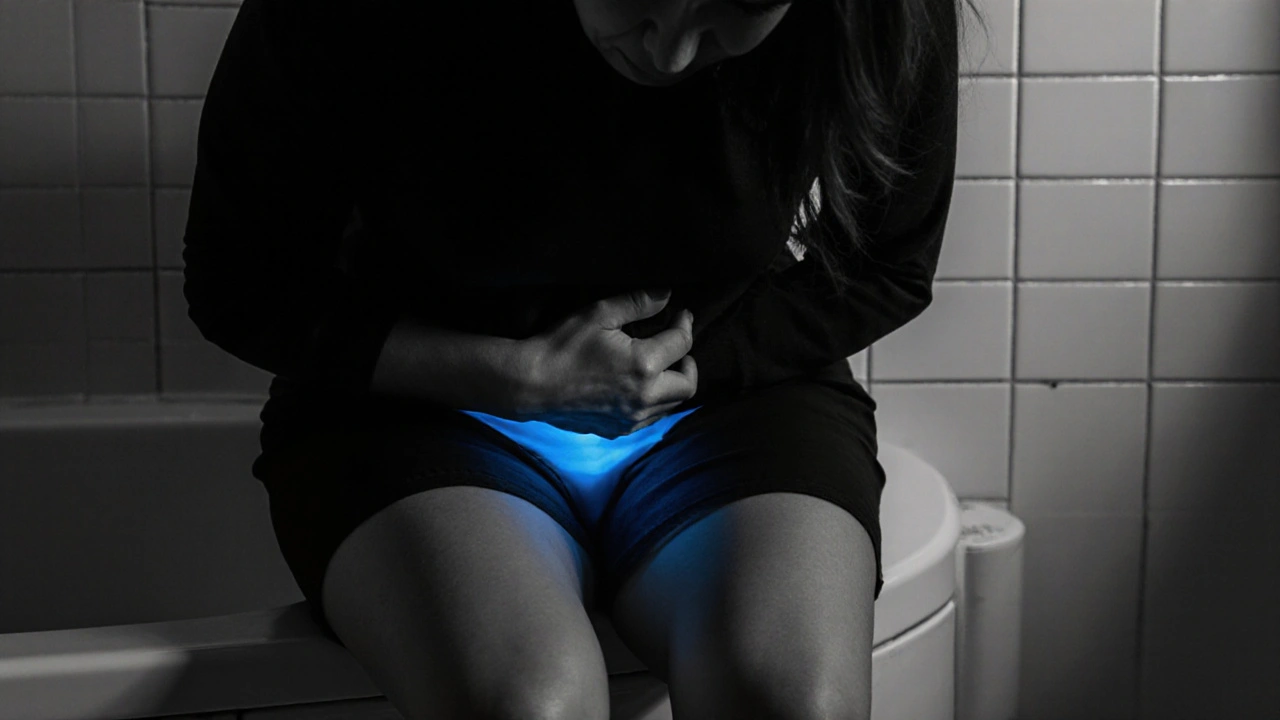IC Treatment: Practical Options for Managing Bladder Pain
When dealing with IC treatment, the collection of methods used to ease the discomfort of interstitial cystitis. Also called bladder pain syndrome, it usually blends medication, lifestyle tweaks, and physical therapy to bring relief.
Key Pillars Behind Successful IC Management
One core pillar is understanding the condition itself. Interstitial cystitis, a chronic inflammatory disease of the bladder wall that causes frequent urges and pelvic pain sets the stage for every treatment decision. Knowing that the disease triggers both sensory nerve overload and urothelial damage helps explain why IC treatment often includes bladder‑protective meds, gentle stretching, and gut‑friendly foods.
Another essential pillar is targeted physical care. Pelvic floor therapy, hands‑on and exercise‑based techniques that relax and strengthen the muscles around the bladder directly tackles the muscle tension that amplifies pain. Research shows that patients who add pelvic floor therapy to their regimen report fewer urgency episodes and less nighttime waking.
Diet also plays a starring role. Dietary modifications, personalized food‑avoidance and inclusion plans that reduce bladder irritants can cut flare‑ups dramatically. Common triggers like caffeine, citrus, and artificial sweeteners often show up on patient logs, while alkaline‑rich vegetables and adequate hydration help soothe the bladder lining.
Medication remains a cornerstone, but it rarely works solo. Oral agents such as pentosan polysulfate aim to restore the bladder’s protective coating, while antihistamines and low‑dose tricyclics target nerve‑related pain pathways. The semantic triple here is clear: IC treatment includes medication, physical therapy, and diet changes. When any one piece is missing, the overall effect drops.
Beyond the three main pillars, self‑monitoring tools sharpen outcomes. Keeping a symptom diary lets patients match flare‑ups to specific foods, stress events, or activity levels. This feedback loop feeds directly into adjustments of pelvic floor exercises or medication doses, creating a dynamic, patient‑driven plan.
Stress management should not be overlooked. Chronic stress heightens bladder sensitivity via the autonomic nervous system. Simple practices—mindful breathing, short walks, or guided meditation—can lower baseline pain scores and improve sleep, which is crucial because nighttime urination often worsens fatigue.
When bladder pain coexists with other pelvic conditions, a broader approach is needed. For example, overactive bladder meds like mirabegron (covered in another article) may help reduce urgency, but users must watch for interactions with IC‑targeted drugs. Understanding these cross‑talks between drugs is another semantic link: Medication choices influence pelvic floor therapy outcomes.
Putting it all together, a well‑rounded IC treatment plan weaves medication, pelvic floor therapy, dietary tweaks, stress control, and ongoing tracking. Below you’ll find articles that dive deep into each of these areas, from step‑by‑step taper guides for specific meds to practical diet charts and caregiver tips for bladder discomfort. Use them to build a personalized roadmap that fits your lifestyle and reduces the daily grind of interstitial cystitis.
How Abduce Drug Relieves Pain in Interstitial Cystitis Patients
- Laura Ledas
- Sep, 9 2025
Explore how Abduce drug works, its dosage, clinical evidence, side effects, and practical tips for managing interstitial cystitis pain effectively.
Learn More